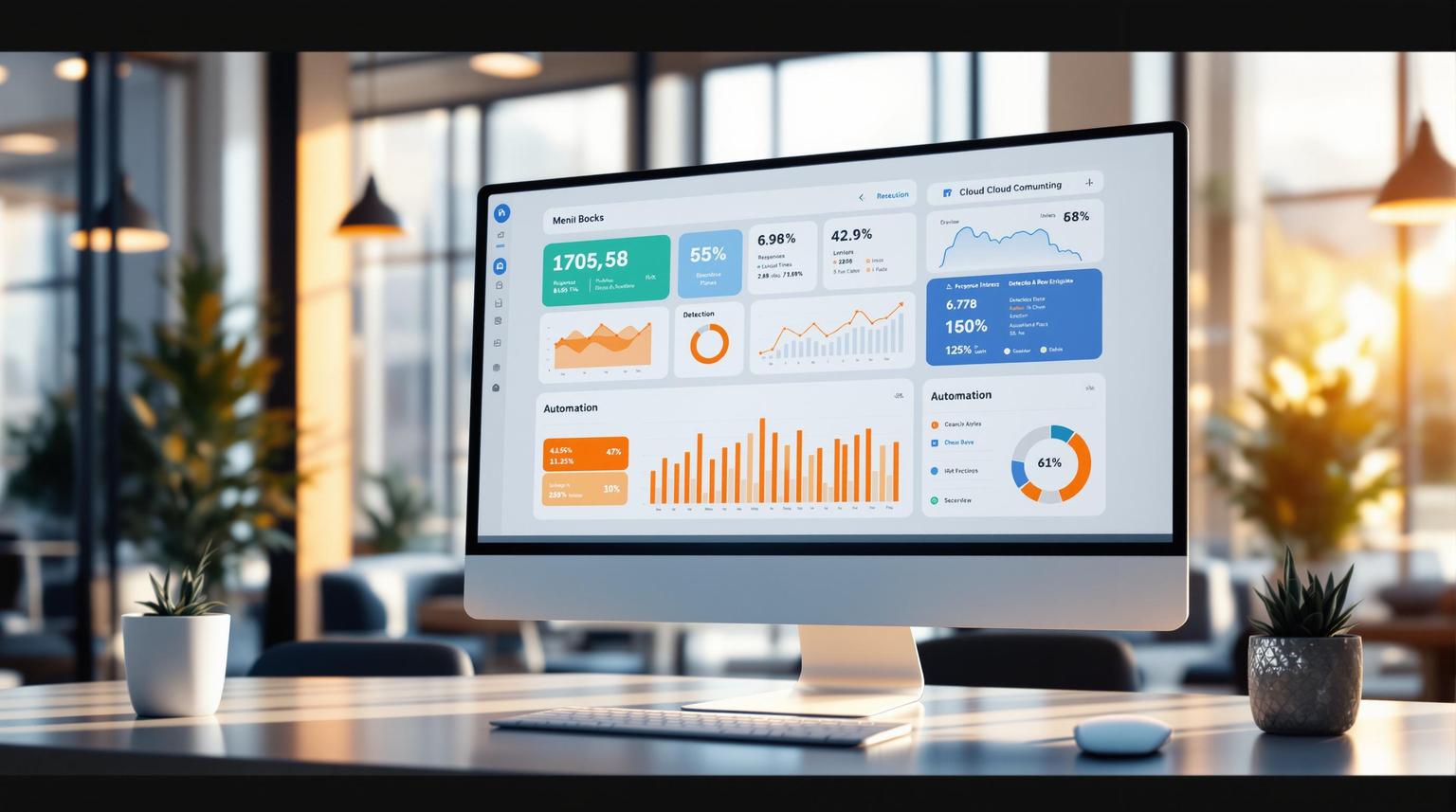Want to manage risks effectively? Start by measuring them. Risk metrics and KPIs help businesses identify, monitor, and reduce potential threats. They ensure compliance, minimize financial losses, and improve decision-making.
Here’s what you’ll learn in this guide:
- Key Risk Metrics: Track task completion, measure outcomes, and ensure compliance.
- Financial Risk Exposure (FRE): Calculate potential losses using a simple formula:
FRE = Probability of Risk Event × Potential Financial Impact - Actionable Steps: Choose relevant metrics, use tracking tools, and review regularly.
Risk Management 101: The value of KRIs and KPIs
Types of Risk Metrics and KPIs
Understanding the various types of risk metrics is essential for creating a well-rounded risk management strategy. These metrics generally fall into three main categories:
Process Performance Metrics
These metrics focus on tracking the timely completion of tasks aimed at reducing risks.
Example:
- Risk Assessment Completion Rate: Measures the percentage of risk-related tasks finished on schedule.
Results Measurement
This category evaluates how effective risk management strategies are by analyzing their outcomes. It helps determine whether mitigation efforts are achieving their intended goals.
Example:
- Reduction in Incident Frequency: Tracks the percentage drop in reported risk events from one month to the next.
Regulation Tracking
Regulation tracking metrics ensure that the organization complies with both internal policies and external regulations.
Example:
- Compliance Audit Pass Rate: Calculates the percentage of successful audits conducted each quarter.
sbb-itb-97f6a47
Essential Risk KPIs for Business
One critical KPI for managing risk is Financial Risk Exposure (FRE), which measures potential monetary losses. It translates the likelihood of a risk event into dollar terms, providing a clear way to evaluate your risk management efforts.
Financial Risk Exposure
Financial Risk Exposure (FRE) is calculated as:
FRE = Probability of Risk Event × Potential Financial Impact
Monitoring FRE allows businesses to:
- Prioritize risks based on the potential financial losses.
- Evaluate prevention strategies by analyzing how often events occur and their cost impact.
Regular FRE assessments ensure you focus on the most significant risks and improve your strategies to minimize them effectively.
Setting Up Risk Metrics
Once you've identified your core KPIs, the next step is to put them into action by selecting, tracking, and regularly reviewing the right metrics.
Choosing the Right Metrics
Pick metrics that align closely with your business goals and industry standards. These should provide insights that can lead to concrete actions. Consider consulting with experts from the Top Consulting Firms Directory to fine-tune your choices. Afterward, use technology to gather and analyze these metrics efficiently.
Risk Tracking Systems
Use software tools that can automate data collection, display real-time dashboards, and integrate seamlessly with your existing systems. Look for features like customizable alerts and detailed reporting to stay on top of risks. Establish a routine review process to ensure these metrics remain relevant and effective.
Regular Metric Reviews
Plan quarterly reviews to confirm the accuracy of your metrics and evaluate how well they support your goals. Include an annual strategic review to make adjustments based on shifting priorities and ensure your metrics remain aligned with your objectives.
Conclusion: Risk Management Through Measurement
Metrics and KPIs play a crucial role in managing risks, helping businesses make informed decisions about investments, market strategies, and compliance efforts. From tracking process performance to assessing financial exposure, these tools provide clarity and direction.
To keep your risk measurement program effective:
- Regularly review and update your risk metrics - quarterly and annually
- Use data to rank risks, guide investment decisions, and stay compliant
Check out the Top Consulting Firms Directory to find professionals who can customize a metrics framework tailored to your needs.
As your business grows and the risk environment changes, adjust your metrics to ensure long-term stability and adaptability.


